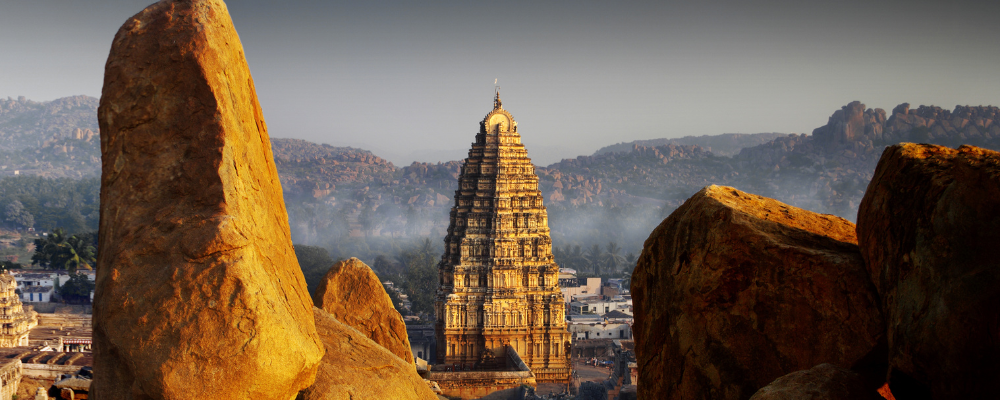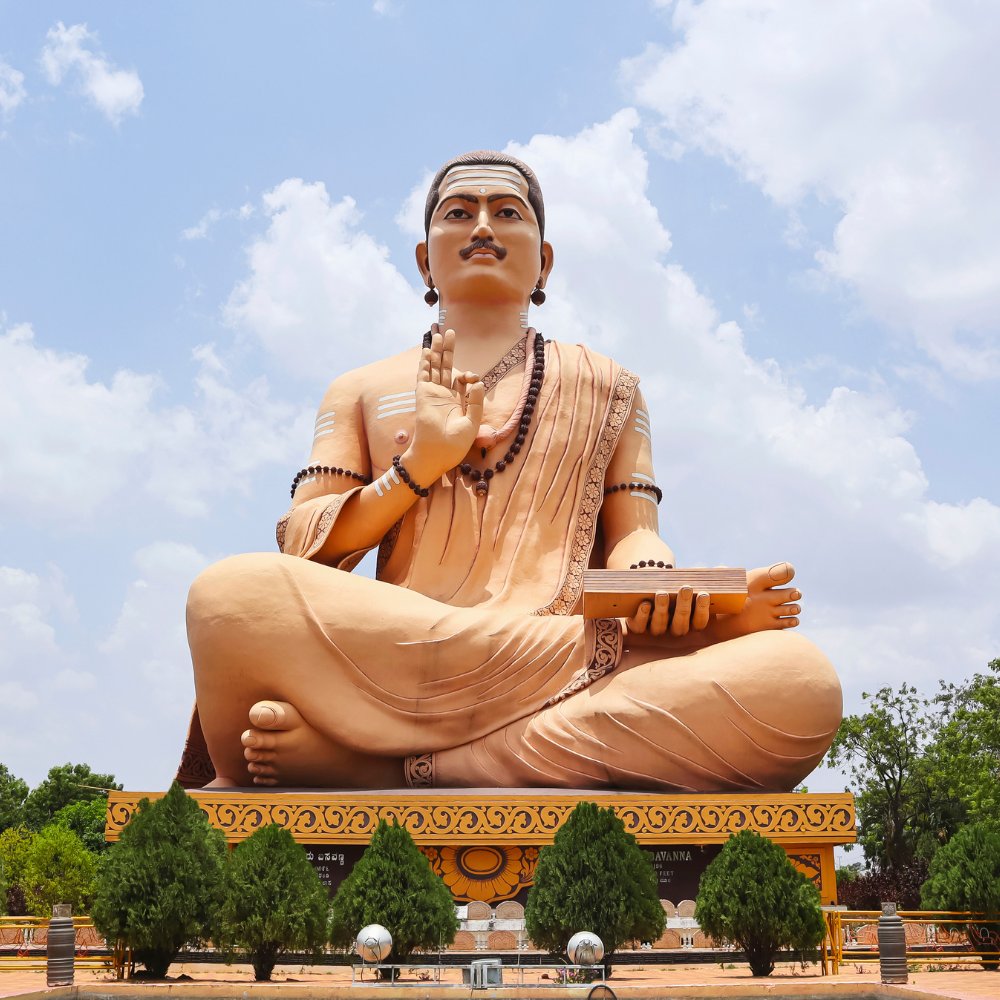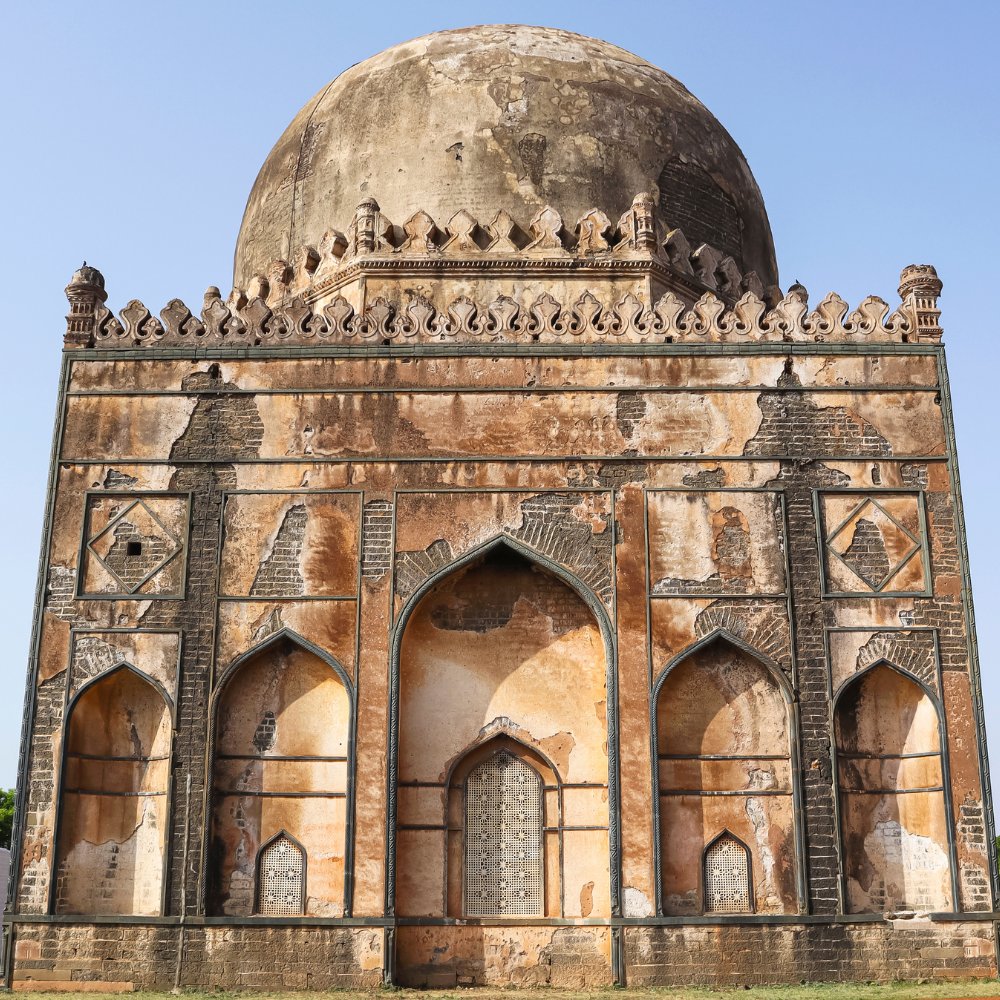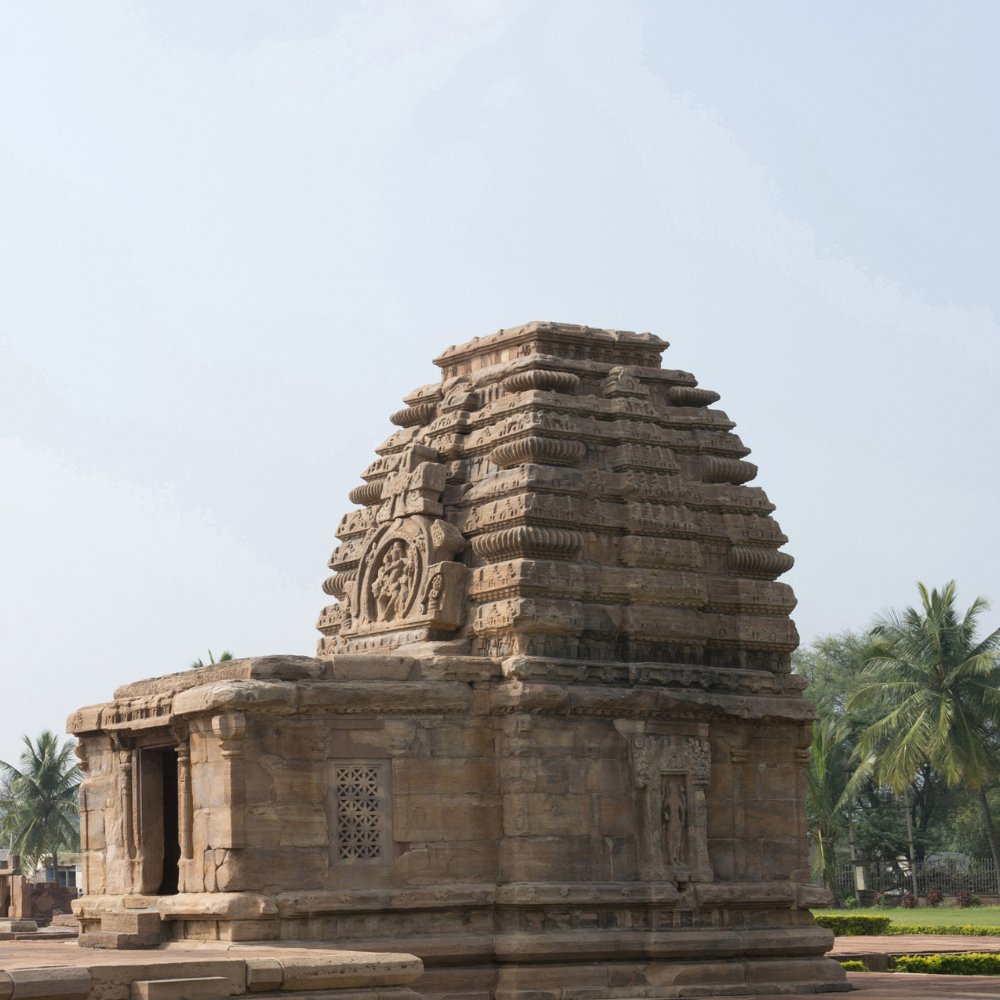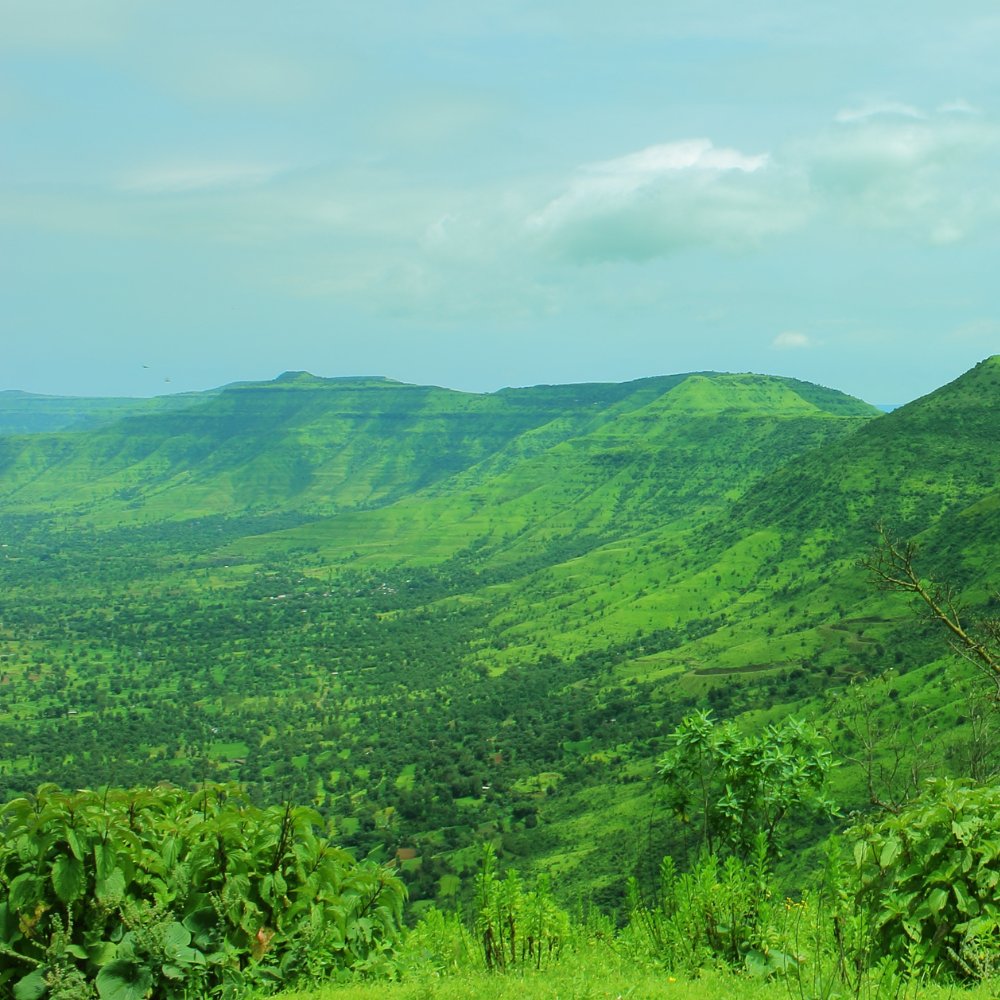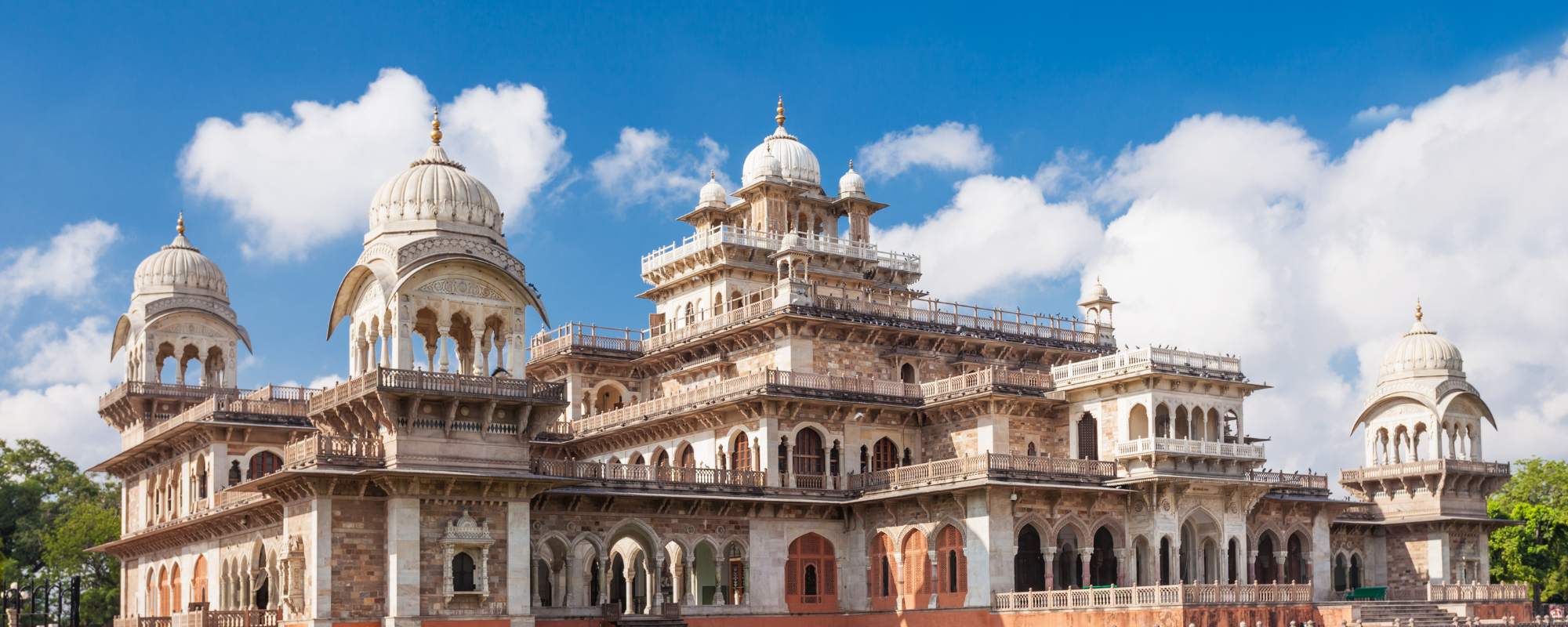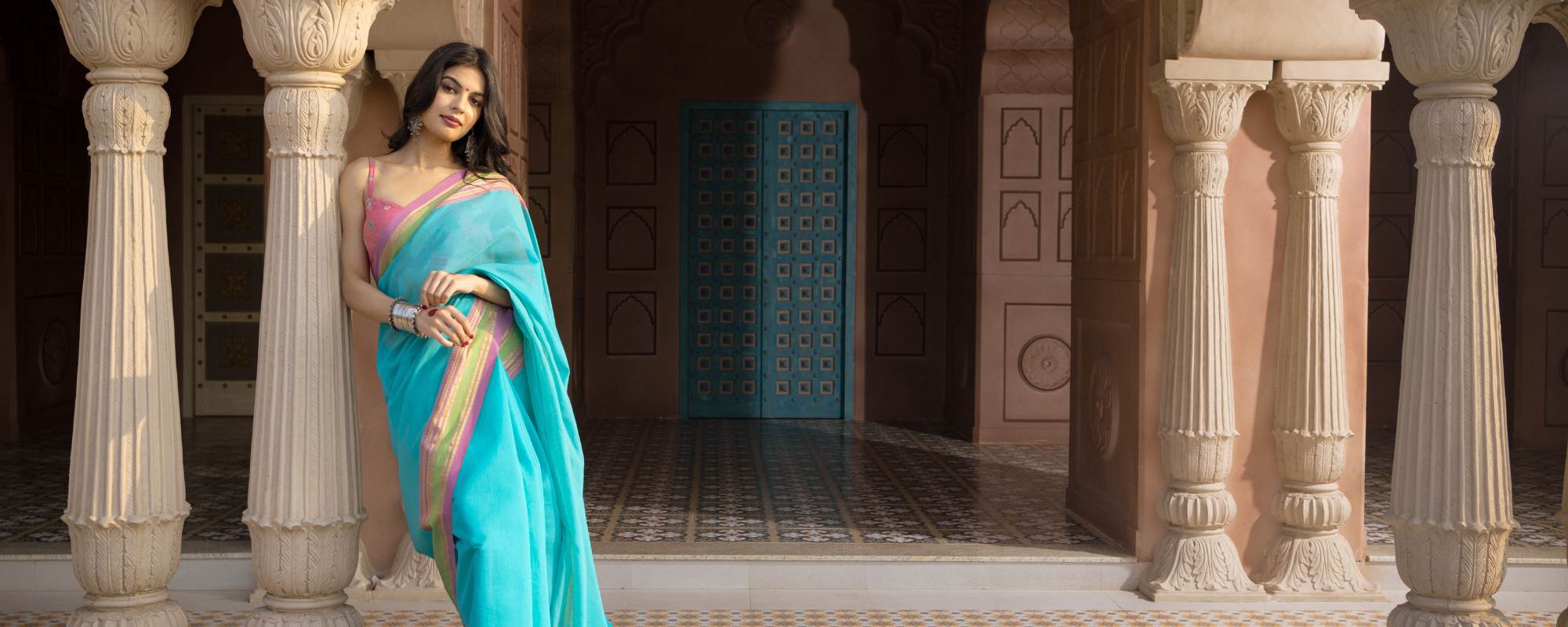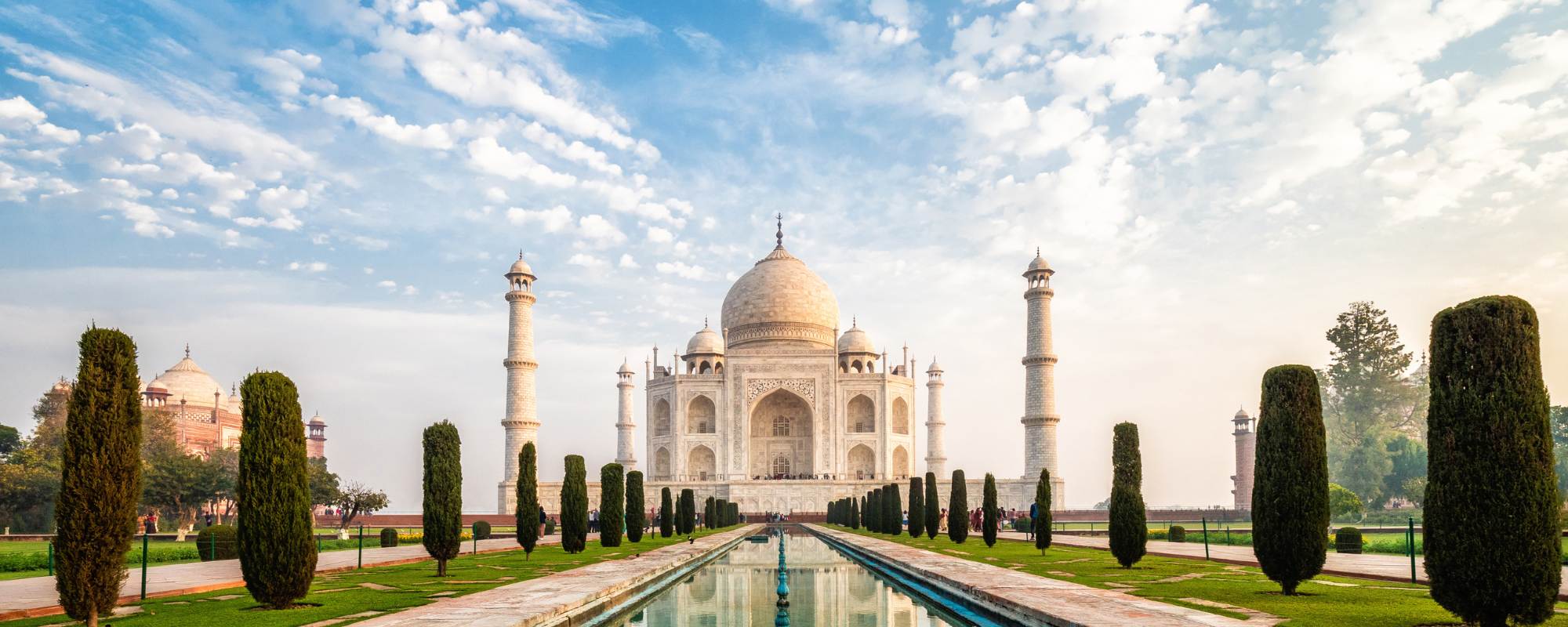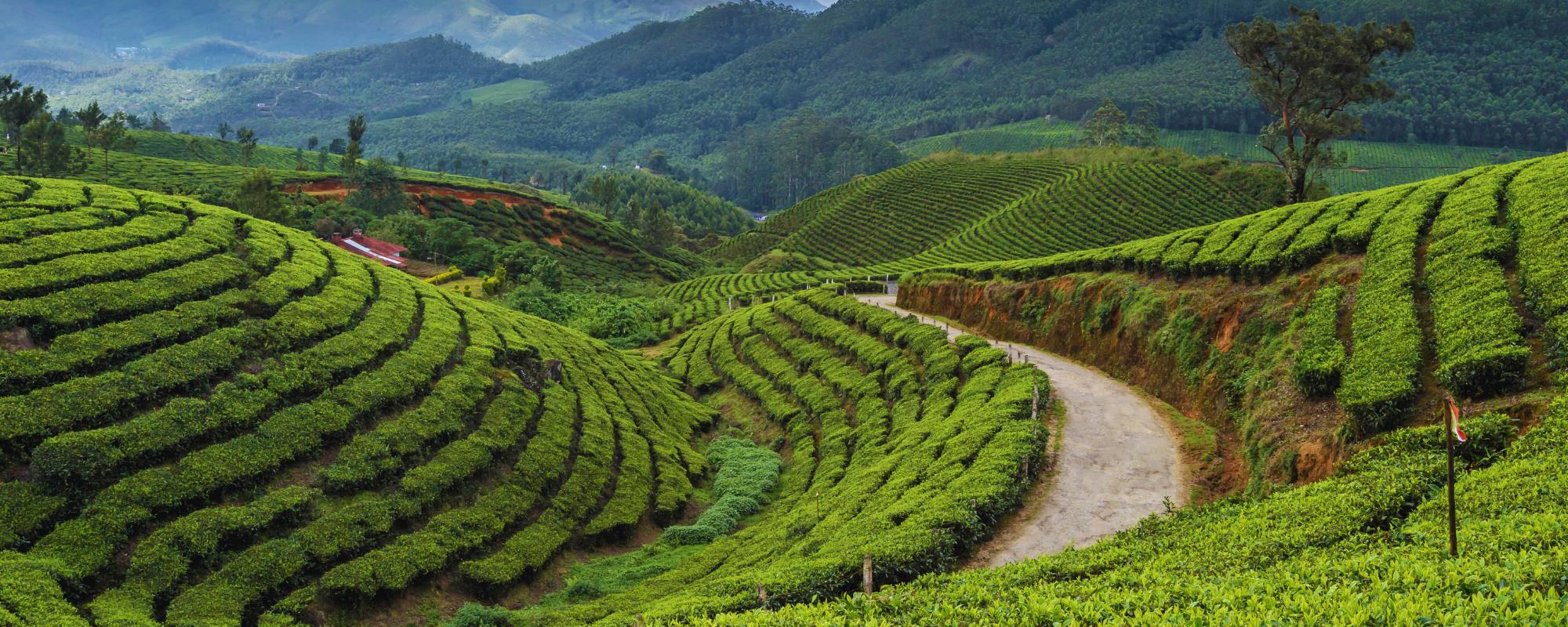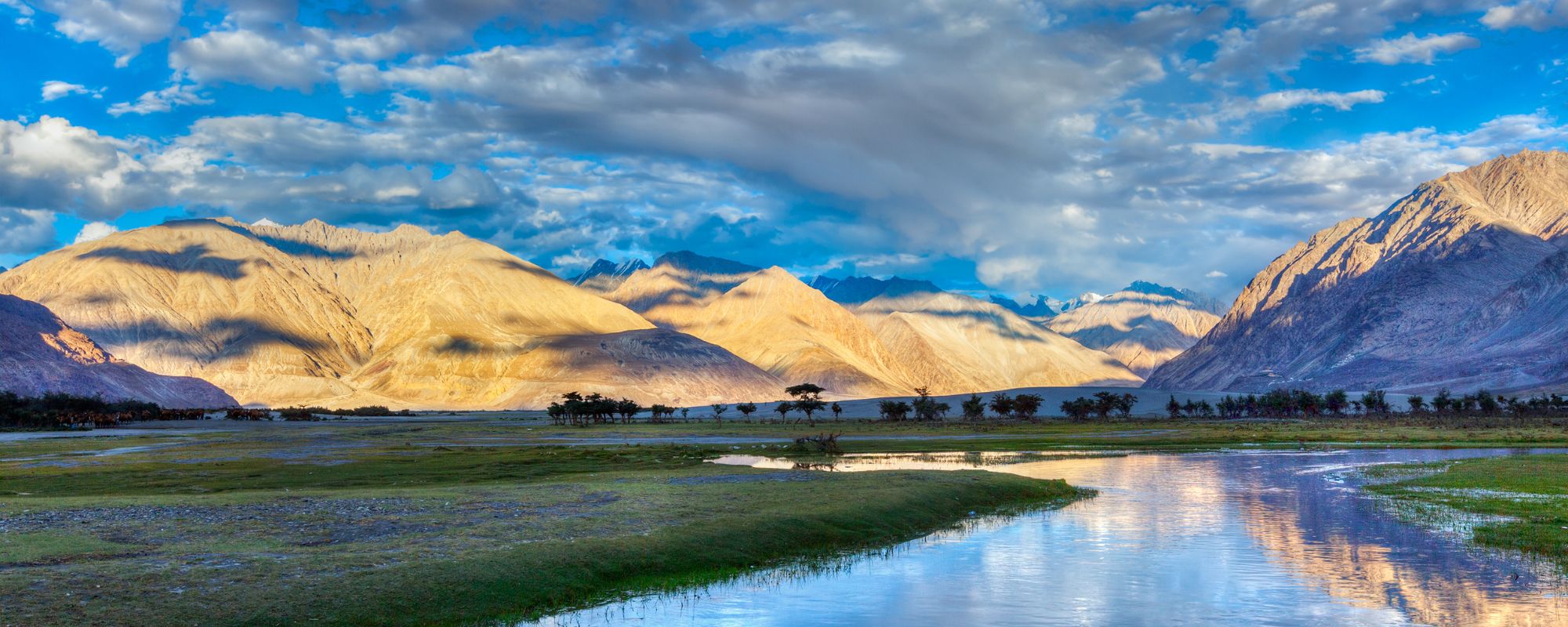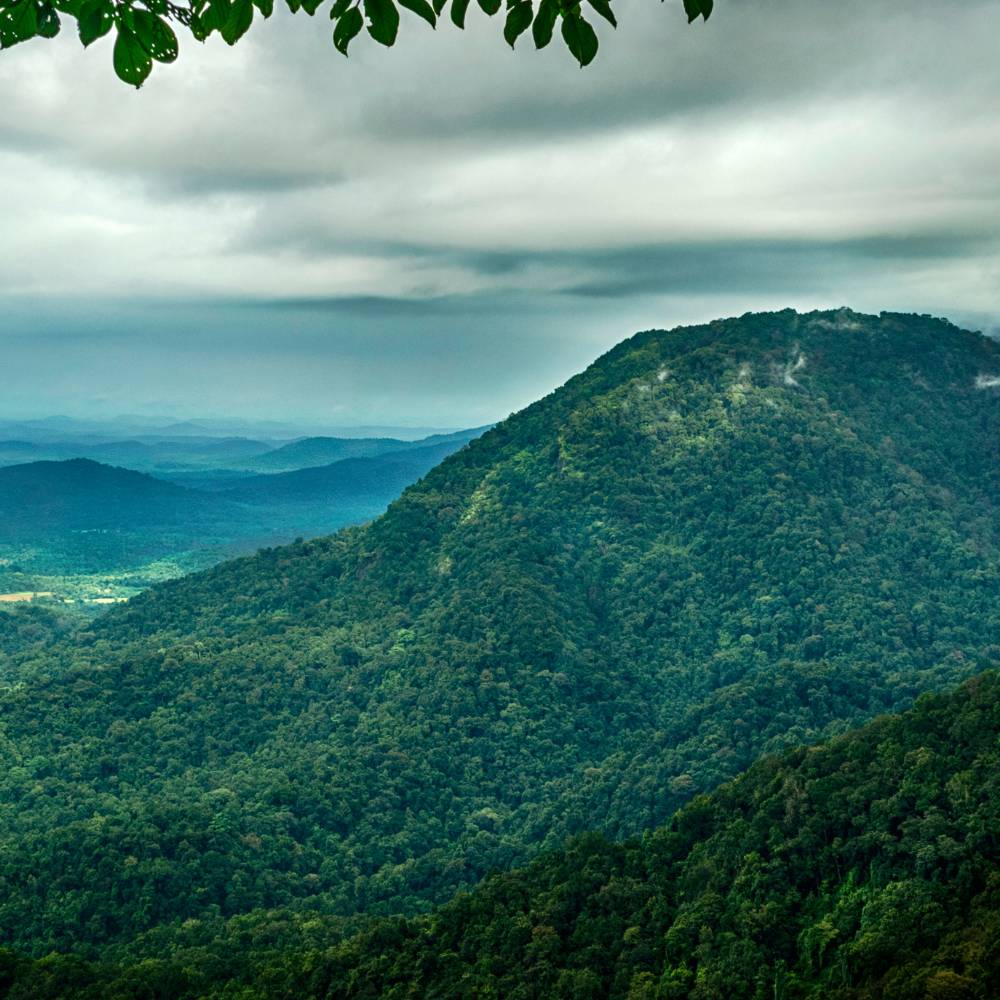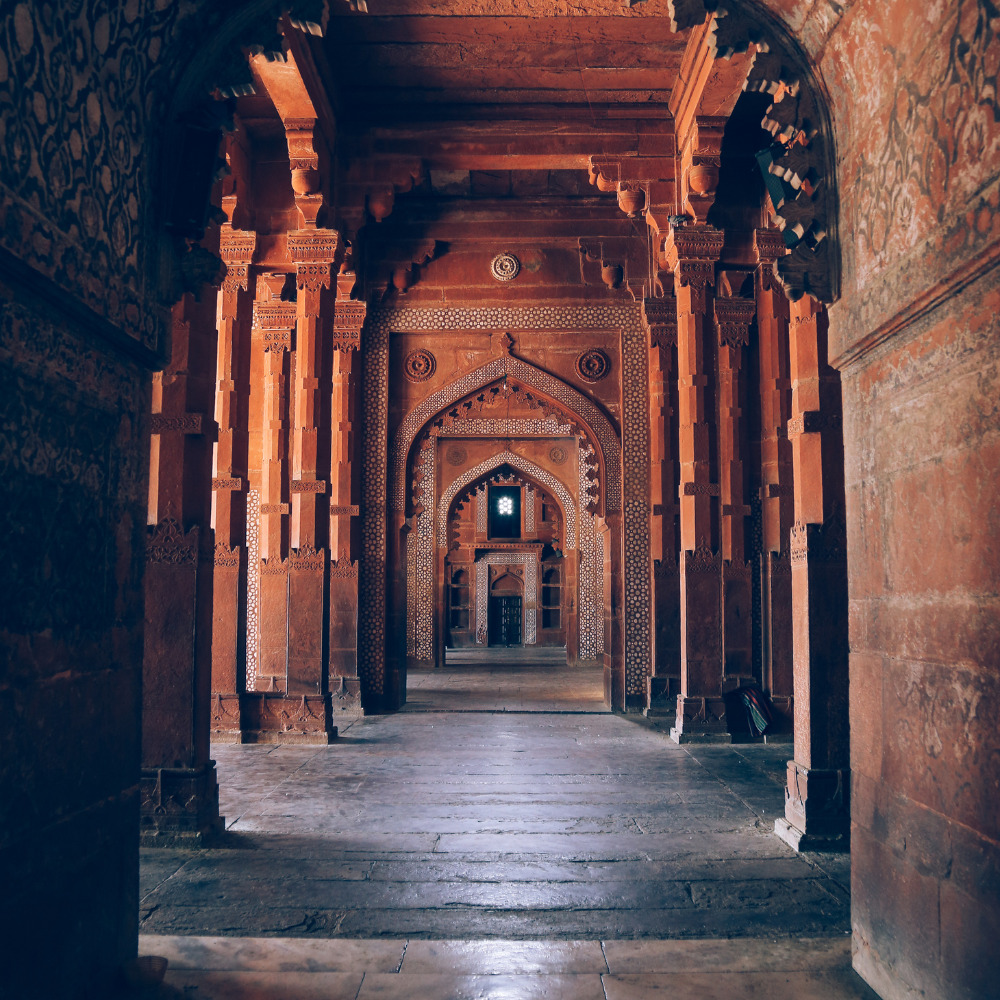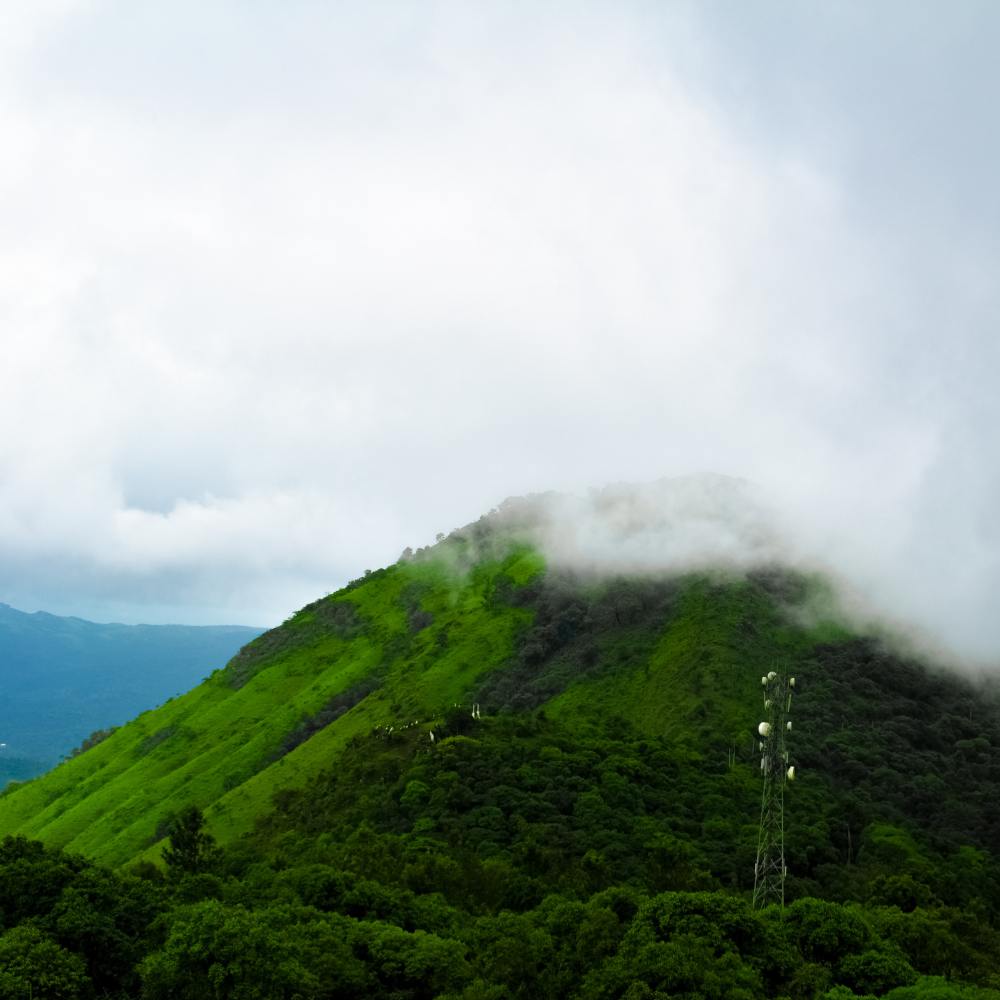Nestled in the heart of Southern India, Karnataka beckons travellers with a captivating blend of cultural richness and diverse landscapes. As a prominent player in India's tourism canvas, Karnataka is a treasure trove of experiences. From the ancient ruins that echo tales of bygone eras to the vibrant pulse of modern cities, the state unfolds as a dynamic destination for exploration.
Karnataka, a diverse tapestry of history and culture, unveils its treasures through several UNESCO World Heritage Sites. These sites not only narrate the story of Karnataka's past but also stand as a testament to the state's natural and architectural wonders. Karnataka is home to four distinguished UNESCO World Heritage Sites that are prominent landmarks and draw in countless tourists – Hampi, Pattadakal, Hoysala, and Western Ghats.
Hampi, situated along the banks of the Tungabhadra River in North Karnataka, is renowned for its ancient village and the captivating ruins from the Vijayanagar Empire. On the other hand, Pattadakal, constructed in the 8th century by the Chalukya dynasty, showcases a splendid collection of monuments designed in the Indo-Aryan style.
In addition to these UNESCO sites, Karnataka boasts an impressive array of over 25 other heritage sites contributing to the state's rich historical and cultural tapestry. Destinations like Badami, Mysore, Belur, Sringeri, and more, each possess their unique charm, offering visitors a captivating journey through the state's diverse heritage and architectural marvels.
Let's delve deeper into the enchanting details of each UNESCO World Heritage Site in Karnataka.
UNESCO World Heritage Sites in Karnataka (2024 Updated List)
1. Hampi: The Medieval Marvel (1986)
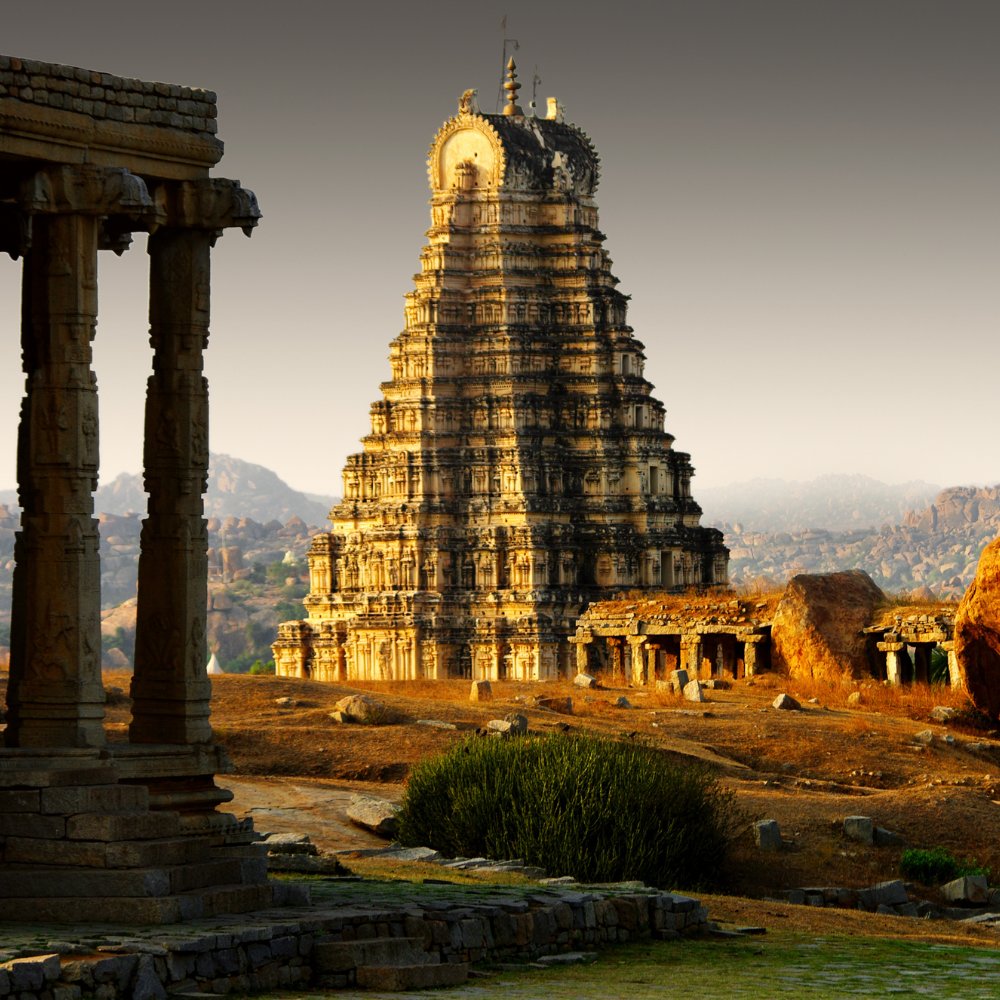
Location: Vijayanagara District
Best Time to Visit: October to March
Visiting Hours: 6 AM to 6 PM; Open every day of the week
Entry Fee: ₹35/person (Indian), ₹550/person (Foreigners)
Overview:
Hampi, a once-thriving medieval Hindu kingdom, now showcases evocative ruins that transport visitors back to the era of Vijayanagara. Pampa Kshetra is adorned with temple ruins and rock structures that have withstood the test of time since 1336-1570 CE. The intricate architecture and historical ambiance make Hampi a photographer's delight and a history enthusiast's haven.

Must-See:
Vitthala Temple: Famous for its iconic stone chariot and musical pillars.
Virupaksha Temple: A functioning temple that dates back to the 7th century.
2. Pattadakal: Chalukyan Grandeur (1987)
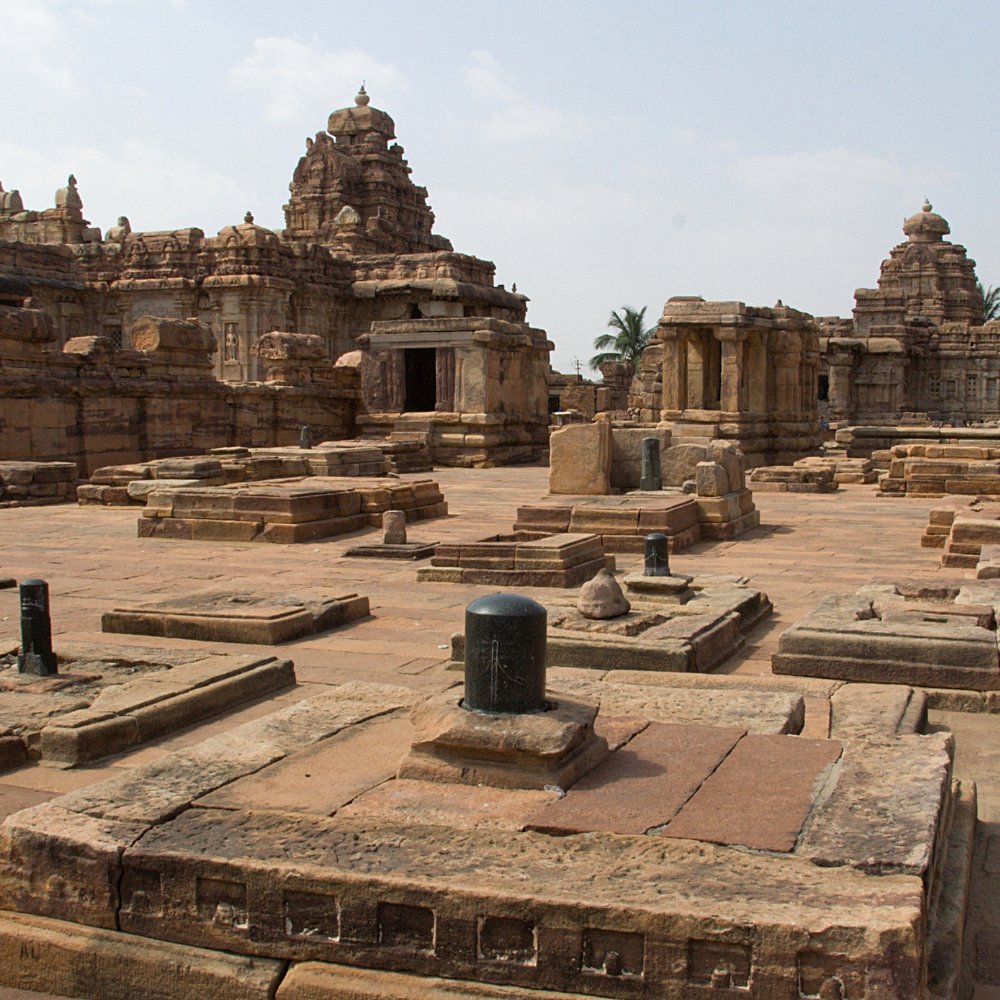
Location: Bagalakote District
Best Time to Visit: October to March
Visiting Hours: 6 AM to 5:30 PM; Open every day of the week
Entry Fee: ₹35/person (Indian), ₹550/person (Foreigners)
Overview:
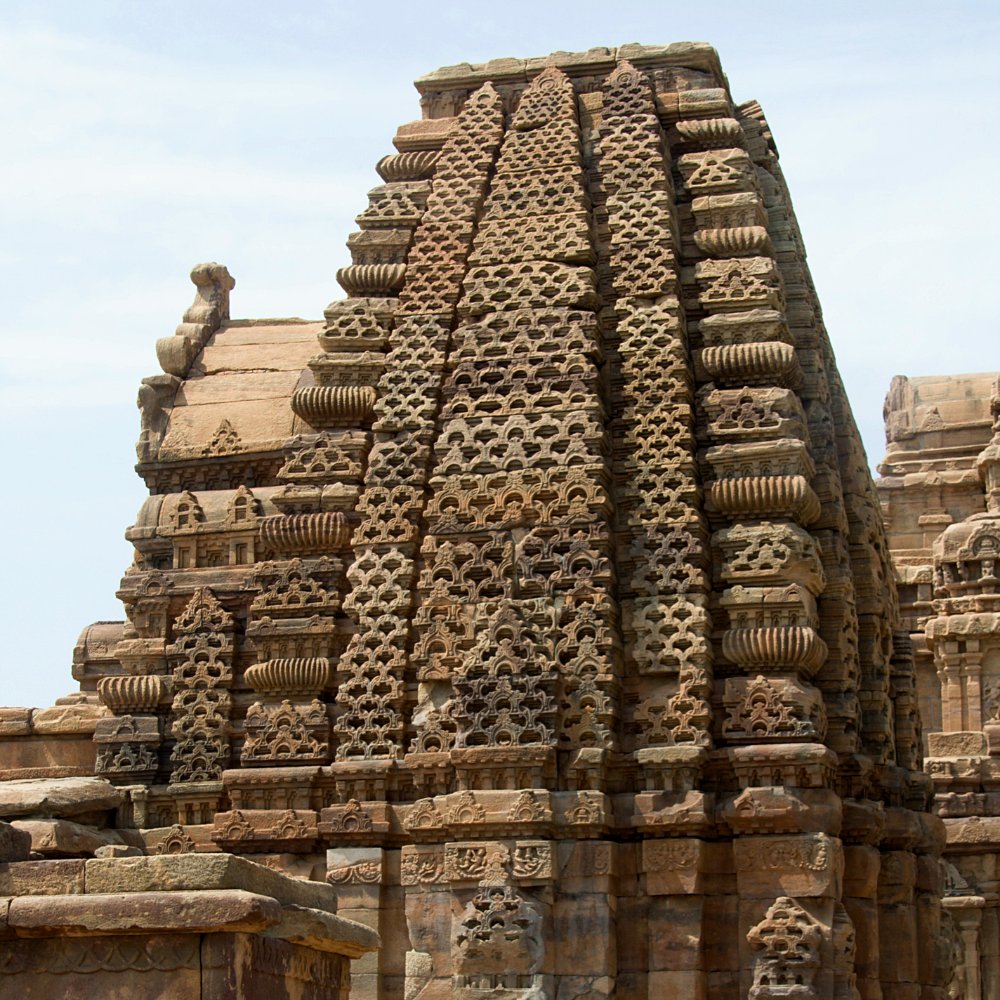
Pattadakal, a UNESCO World Heritage Site in Karnataka, epitomizes the architectural innovations of the Chalukya Dynasty. The site boasts magnificent temples, showcasing a harmonious amalgamation of northern and southern art forms. The intricate carvings and structural brilliance make Pattadakal a living museum of ancient Indian art and craftsmanship.
Must-See:
Virupaksha Temple: A marvel of Chalukyan architecture.
Mallikarjuna Temple: Known for its Dravidian architectural style.
3. Sacred Ensembles of the Hoysala (2023)
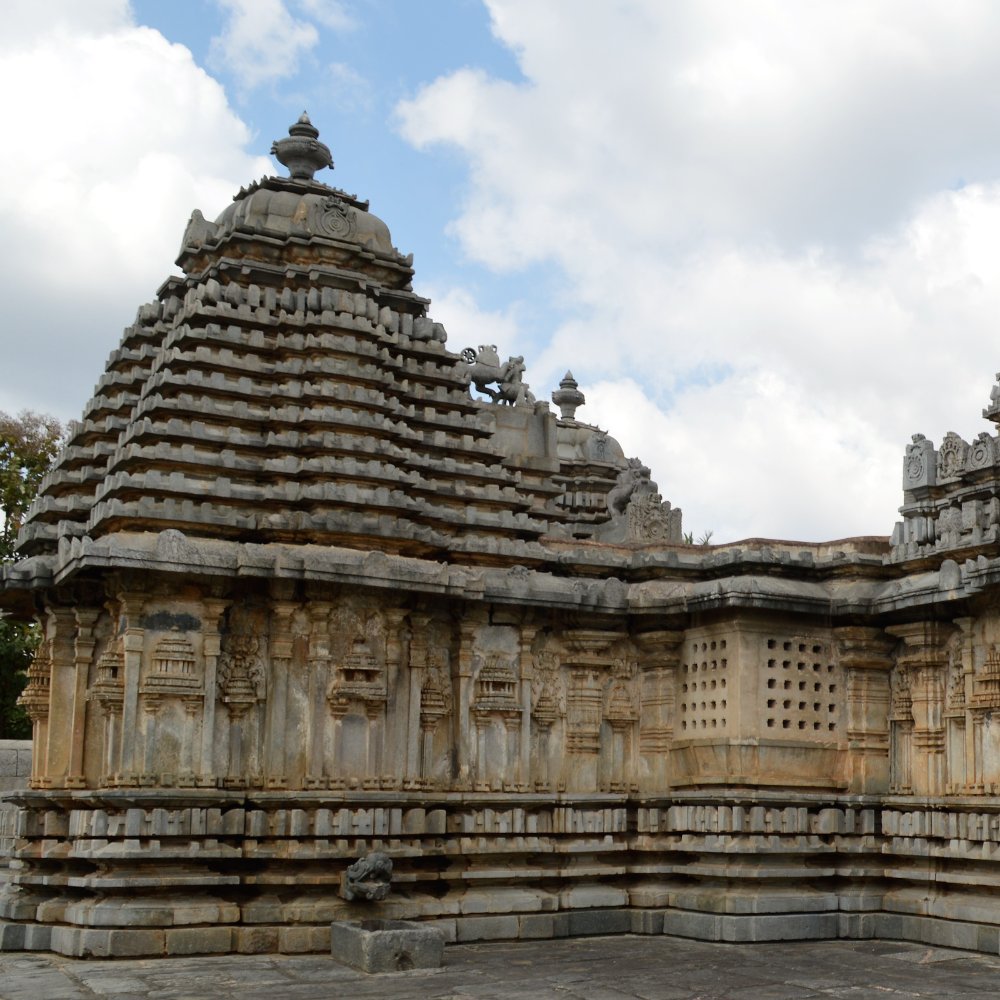
Location: Hassan District
Best Time to Visit: October to March
Visiting Hours: 7:30 AM to 6:30 PM (Chennakeshava Temple); 6:00 AM to 6:00 PM (Hoysaleshwara Temple)
Entry Fee: Free
Overview:
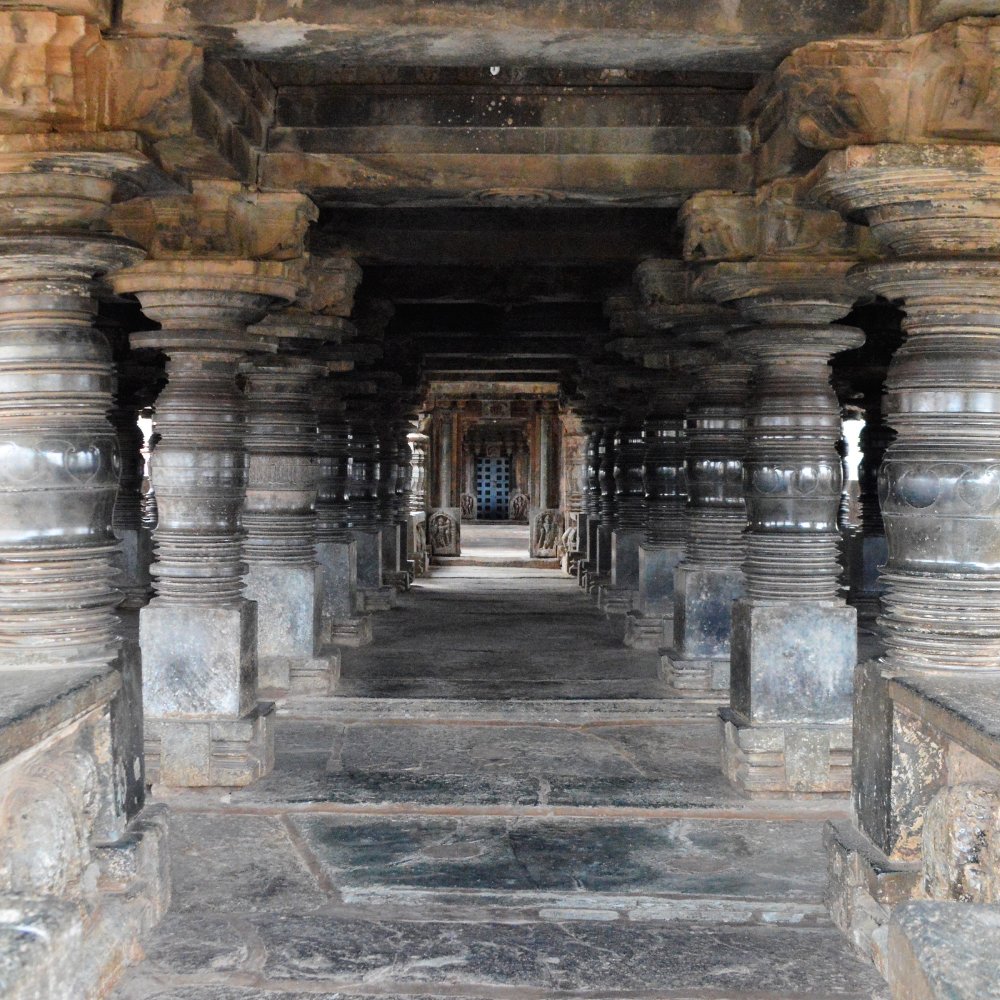
The Chennakeshava Temple in Belur and the Hoysaleshwara Temples in Halebidu are now UNESCO World Heritage Sites, showcasing the architectural marvels of the Hoysala era. These stone-carved temples, with Nagara and Dravidian influences, are iconic structures in Southern India.
Must-Visit:
Chennakeshava Temple, Belur: Known for its intricate sculptures and detailed architecture.
Hoysaleshwara Temple, Halebidu: Exhibits exemplary Hoysala architecture and sculptures.
4. Western Ghats: Biodiversity Haven (2012)

Location: West of the Deccan Plateau
Best Time to Visit: October to March
Visiting Hours: Open 24x7
Entry Fee: No Fee
Overview:

The Western Ghats, known as the Sahyadri Mountains, sprawl across Karnataka, embracing a rich tapestry of biodiversity. Designated as a UNESCO World Heritage Site, the Western Ghats house 39 properties, including wildlife sanctuaries, national parks, and forest reserves. This region is a haven for nature lovers, boasting 7,402 species of flowering plants and 139 mammal species.
Must-Explore:
Agumbe Rainforest: Known as the Cherrapunji of the South, famous for its biodiversity.
Kudremukh National Park: A biodiversity hotspot with diverse flora and fauna.
Tentative UNESCO World Heritage Sites in Karnataka:
Now, let's delve into the fascinating exploration of below mentioned potential UNESCO World Heritage Sites in Karnataka. As of now, they are awaiting confirmation, but their stories, intricacies, and contributions to Karnataka's heritage are already capturing our attention.
1. Monuments of Srirangapatna Island Town (2014)

Location: Mandya District
Best Time to Visit: October to March
Overview:
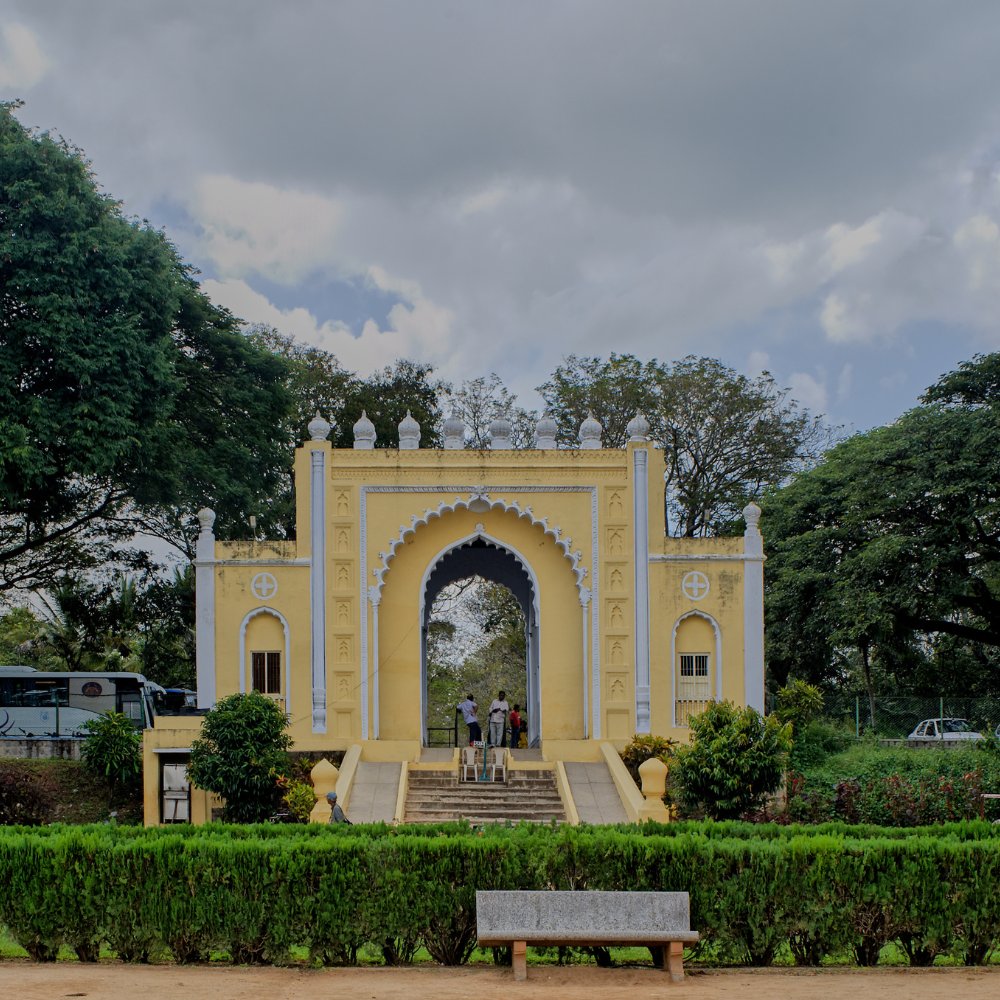
Srirangapatna, located near the Kaveri River, is a small island town with a rich historical legacy. The city houses the largest temple in Karnataka, the Ranganathaswamy Temple, and several historical monuments, including a fort, bird sanctuary, and mausoleum.
Must-Experience:
Ranganathaswamy Temple: A significant pilgrimage site with historical significance.
Colonel Bailey's Dungeon: Witness a piece of history at this dungeon used during the Mysore Wars.
2. Monuments and Forts of the Deccan Sultanate (2014)
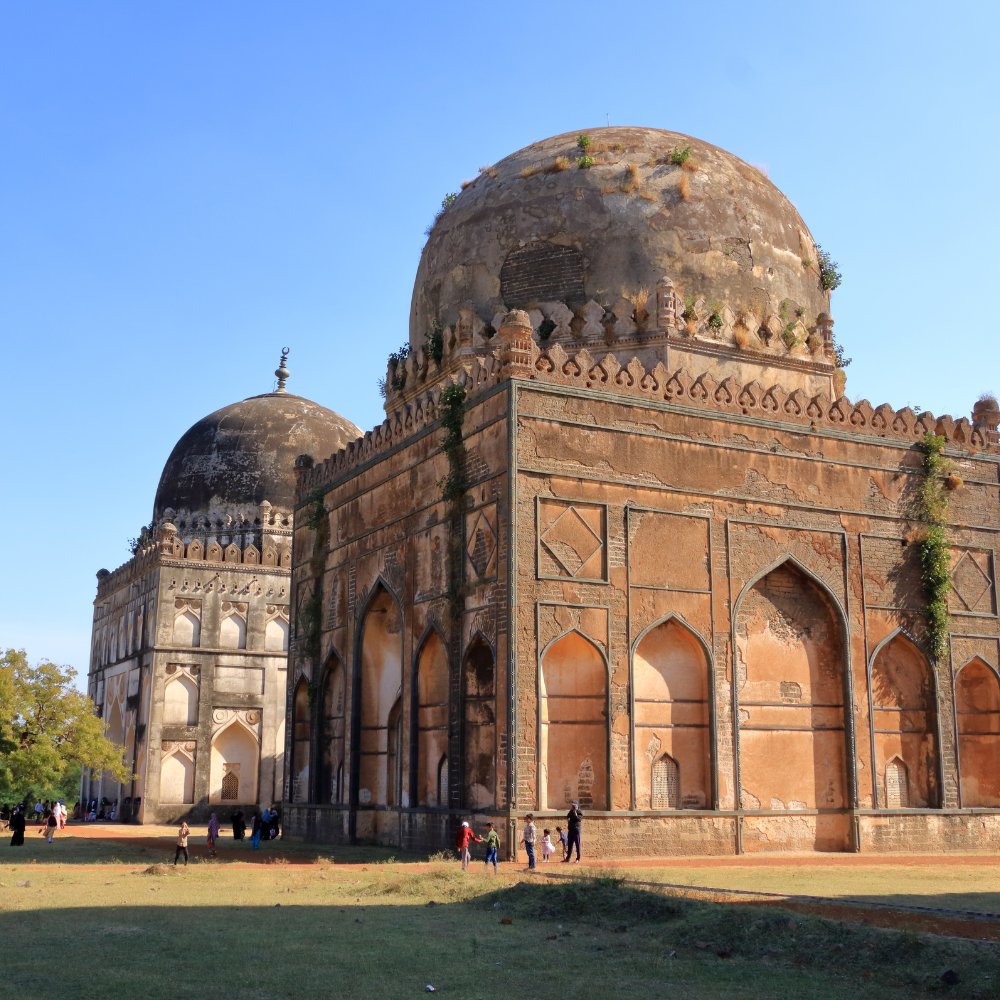
Locations:
Bahmani Monuments: Kalaburagi District, Northern Karnataka
Bahmani and Barid Shahi Monuments: Bidar District, Northeastern Karnataka
Adil Shahi Monuments: Bijapur District, Northern Karnataka
Best Time to Visit: Varies per location
Visiting Hours: Throughout the day
Entry Fee: Varies per location
Overview:
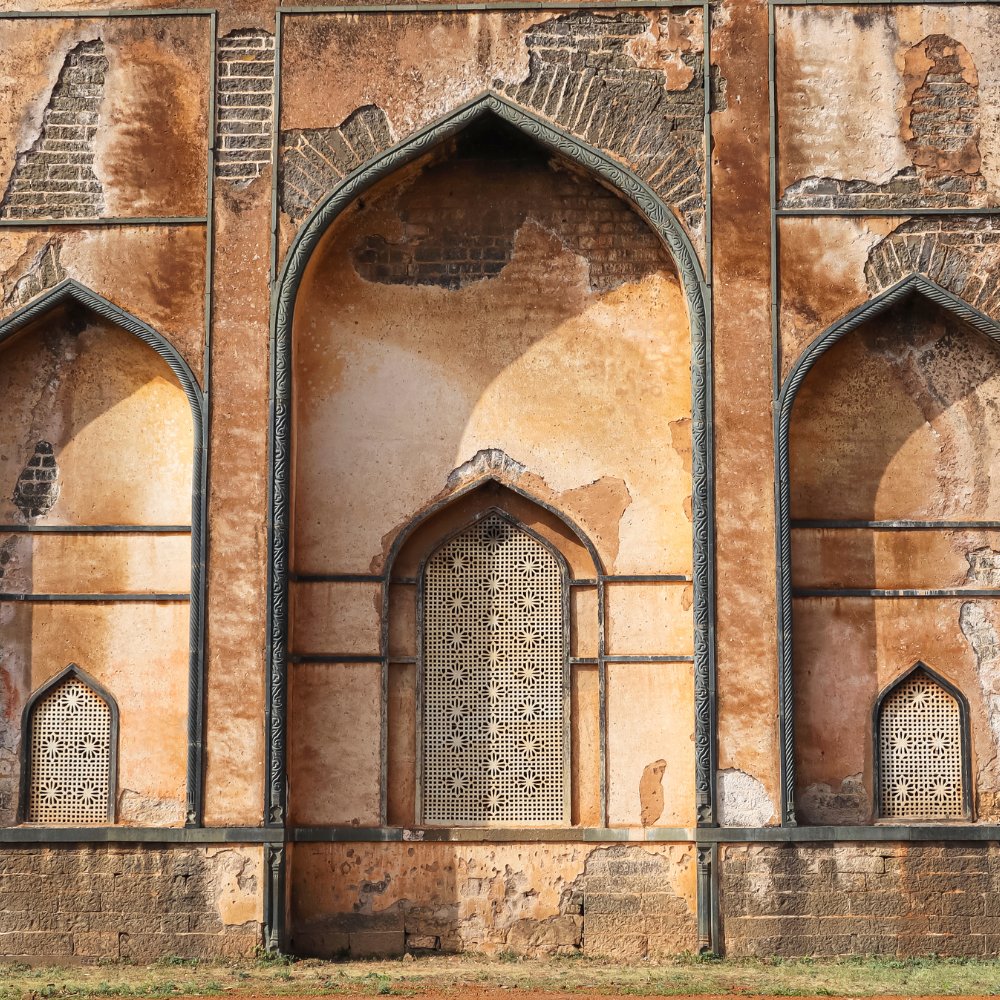
Nominated as a UNESCO World Heritage Site, the monuments in Gulbarga, Bidar, Bijapur, and Hyderabad showcase a unique hybrid style of Islamic and Hindu architecture. Built during the medieval period, each monument plays a significant role in the history of the Deccan Sultanate.
Must-Explore:
Bidar Fort: A testament to the Bahmani era with intricate architecture.
Gol Gumbaz, Bijapur: Famous for its acoustic marvel, the Whispering Gallery.
Conclusion
As we uncover the layers of Karnataka's UNESCO World Heritage Sites, the journey reveals not just historical remnants but living testaments to the state's cultural, natural, and architectural heritage. Each site invites exploration, promising a deeper connection with Karnataka's rich tapestry of stories and wonders.
